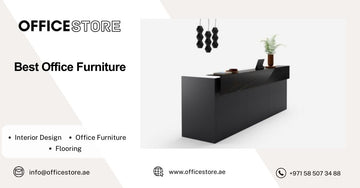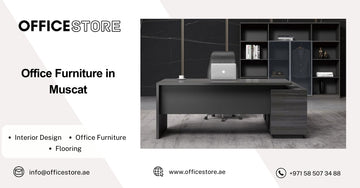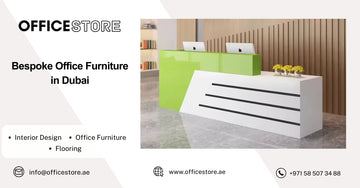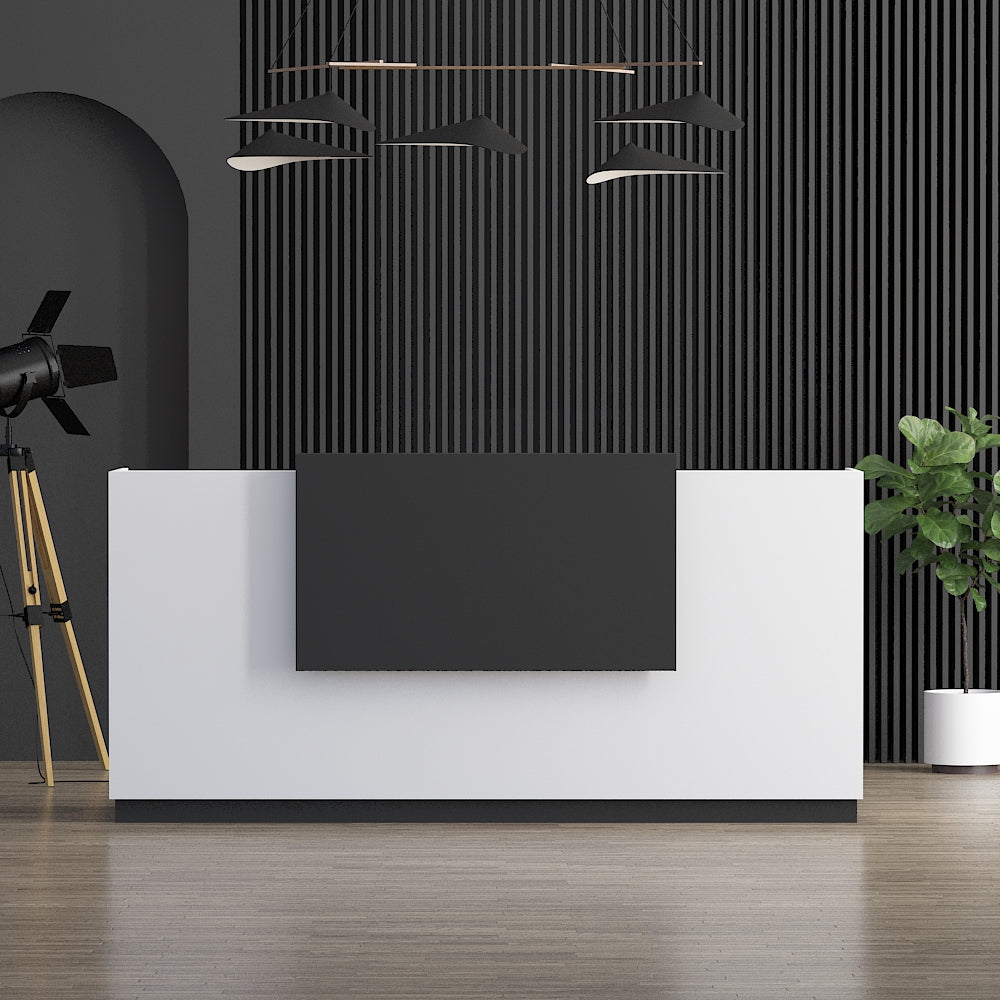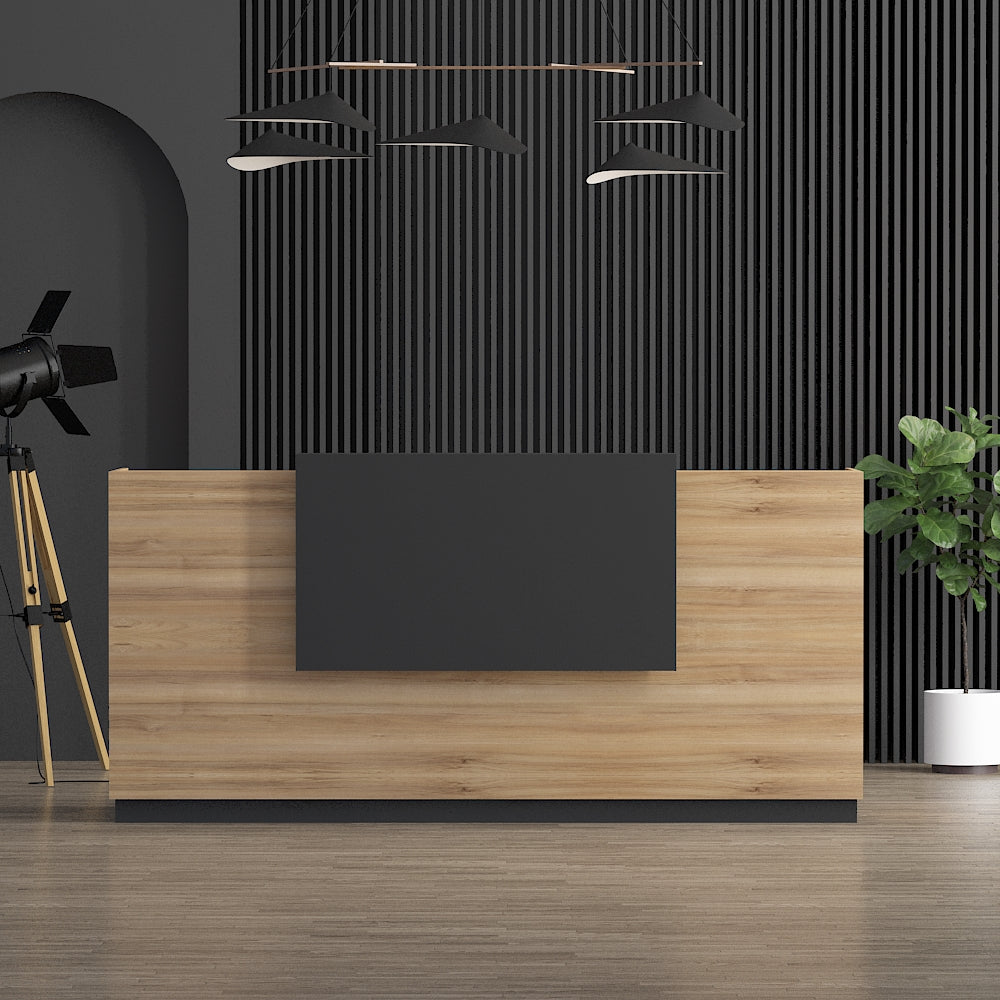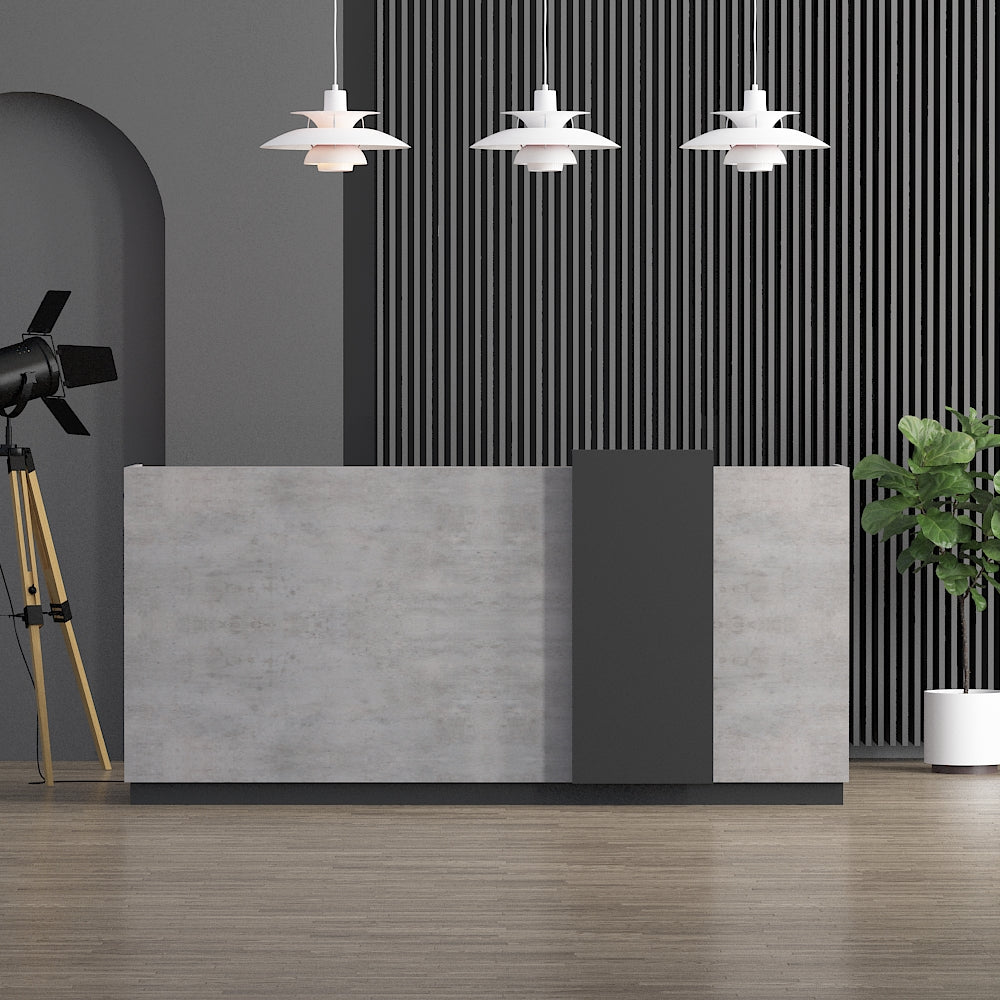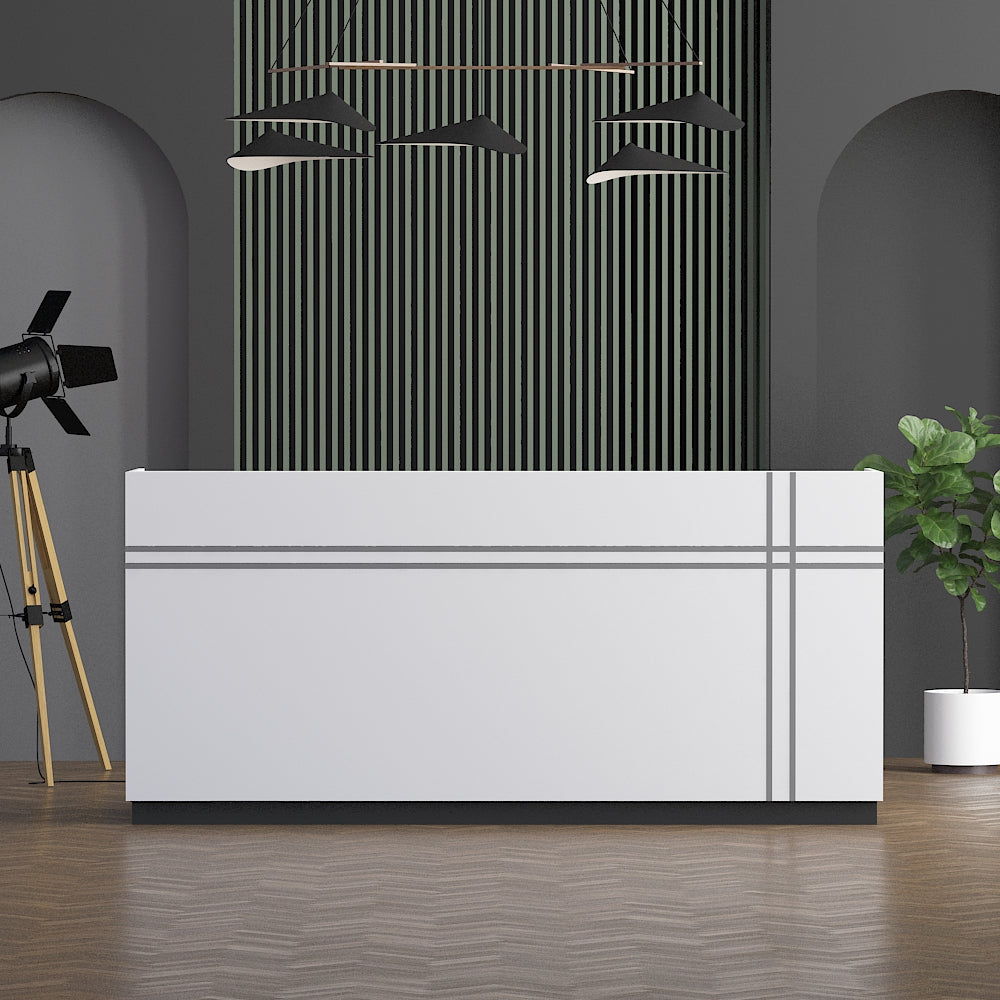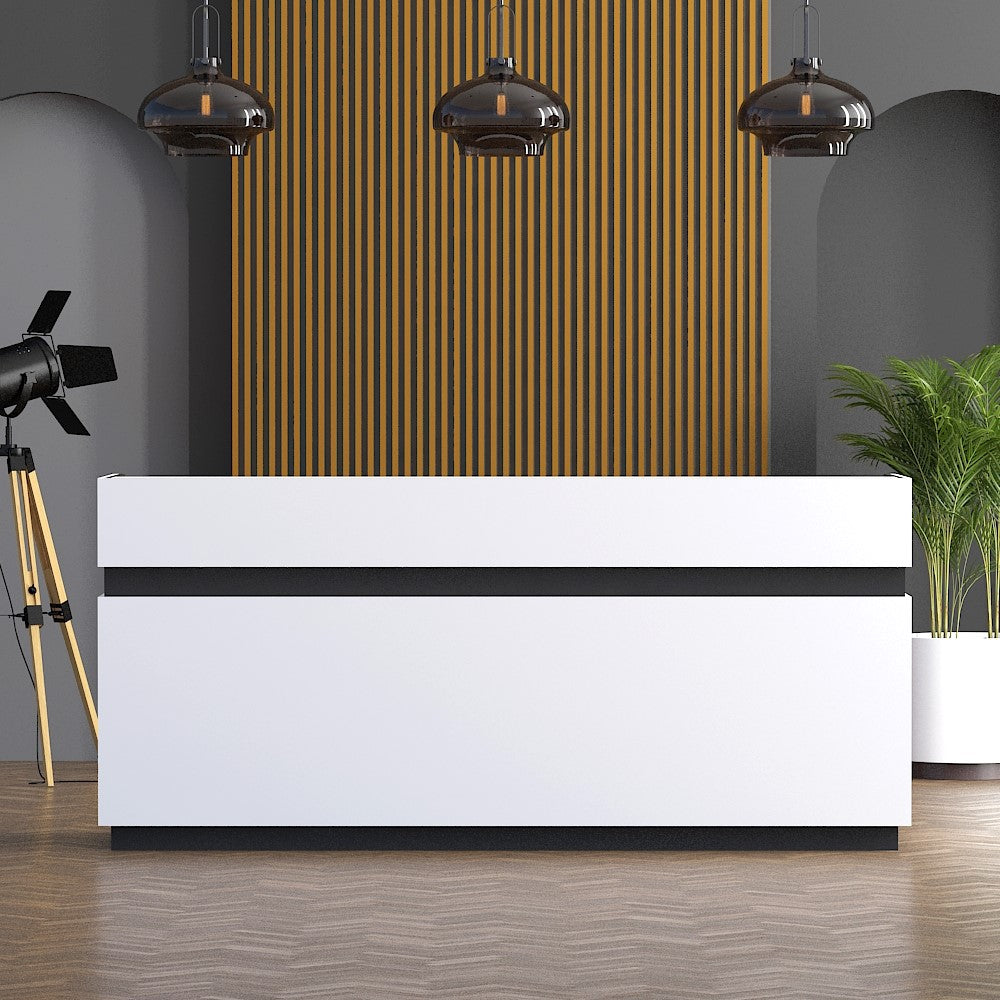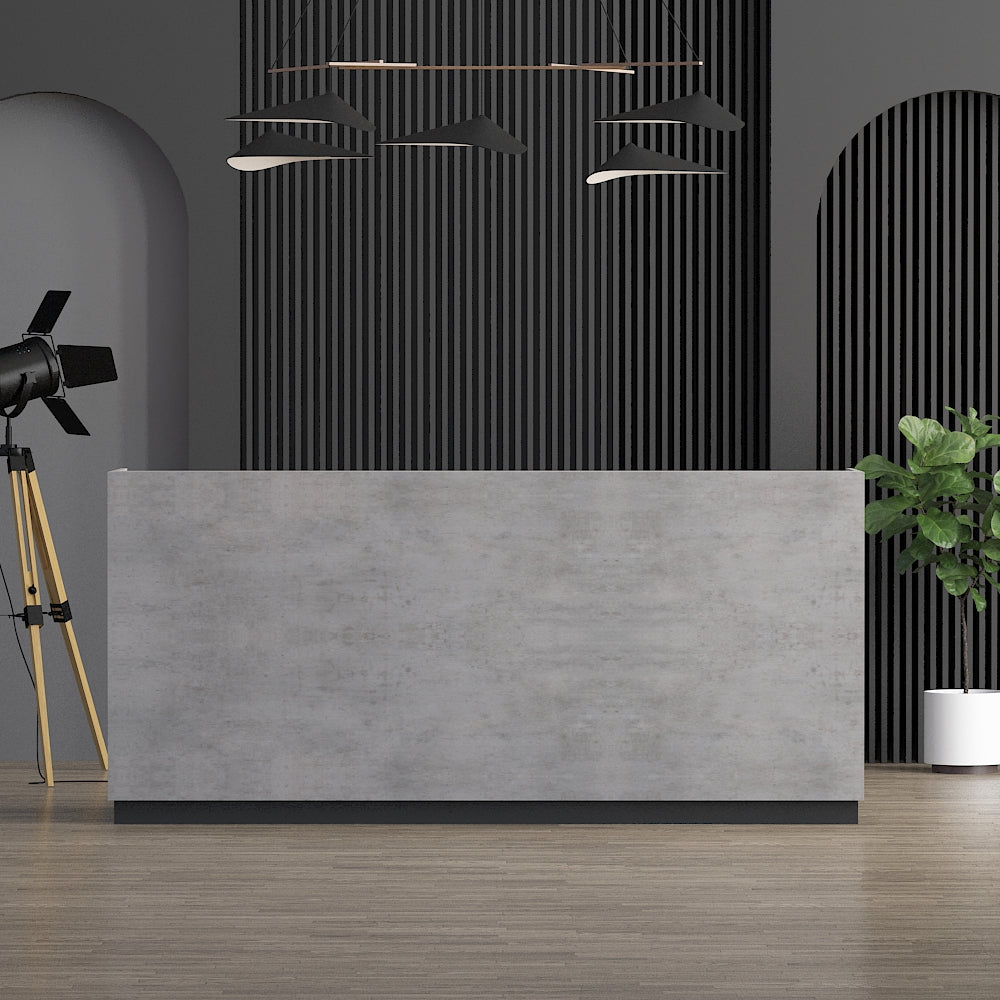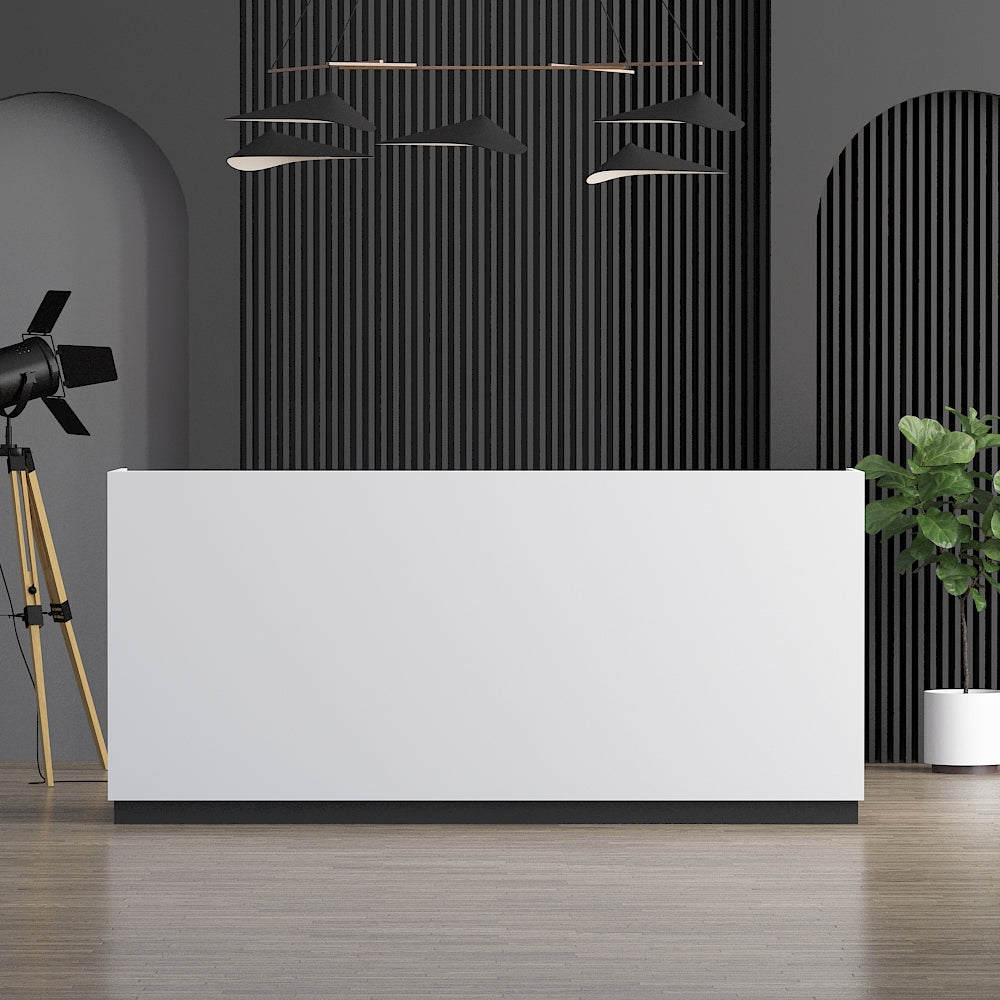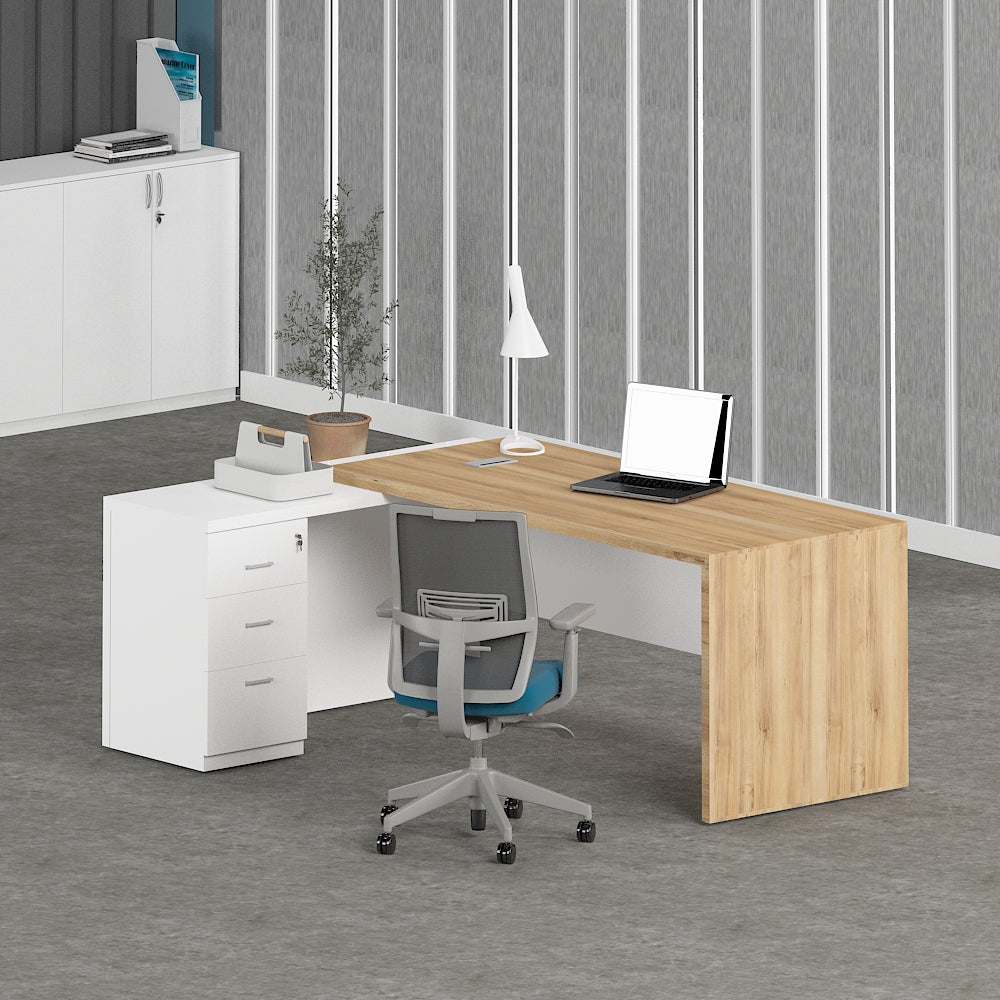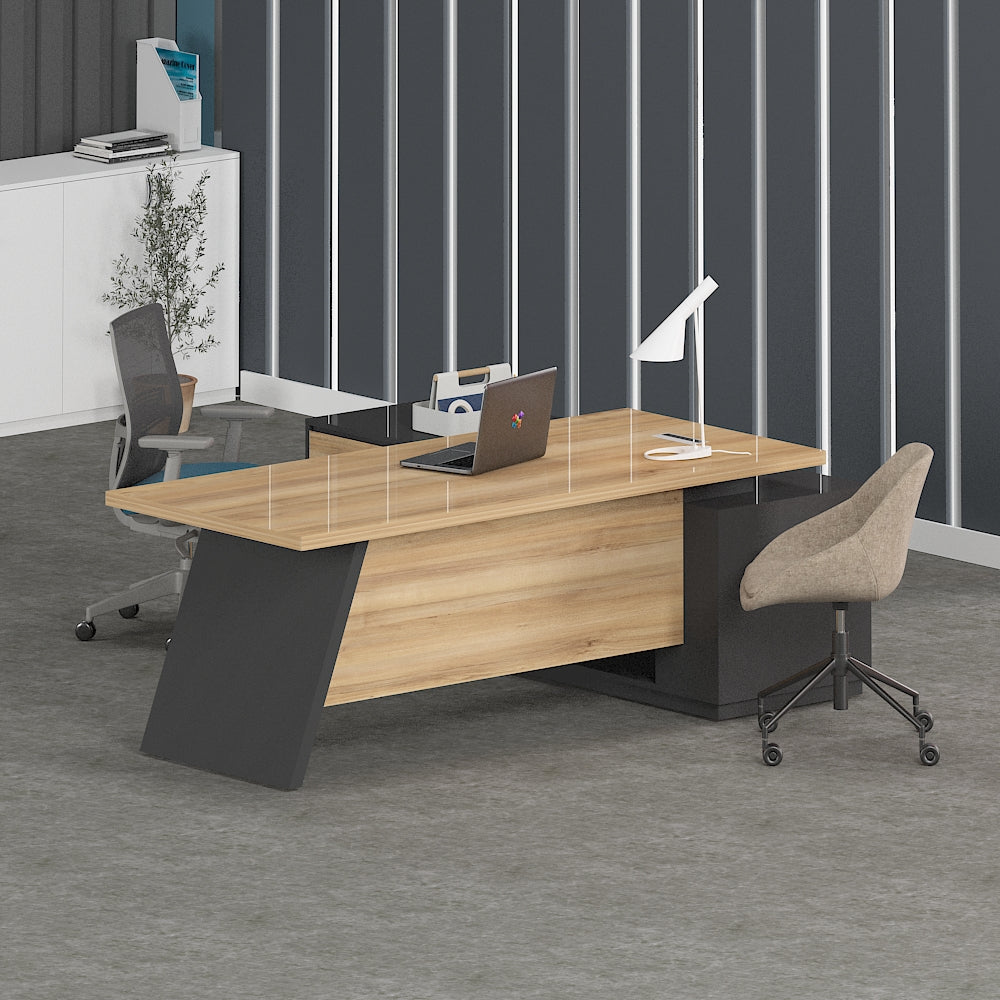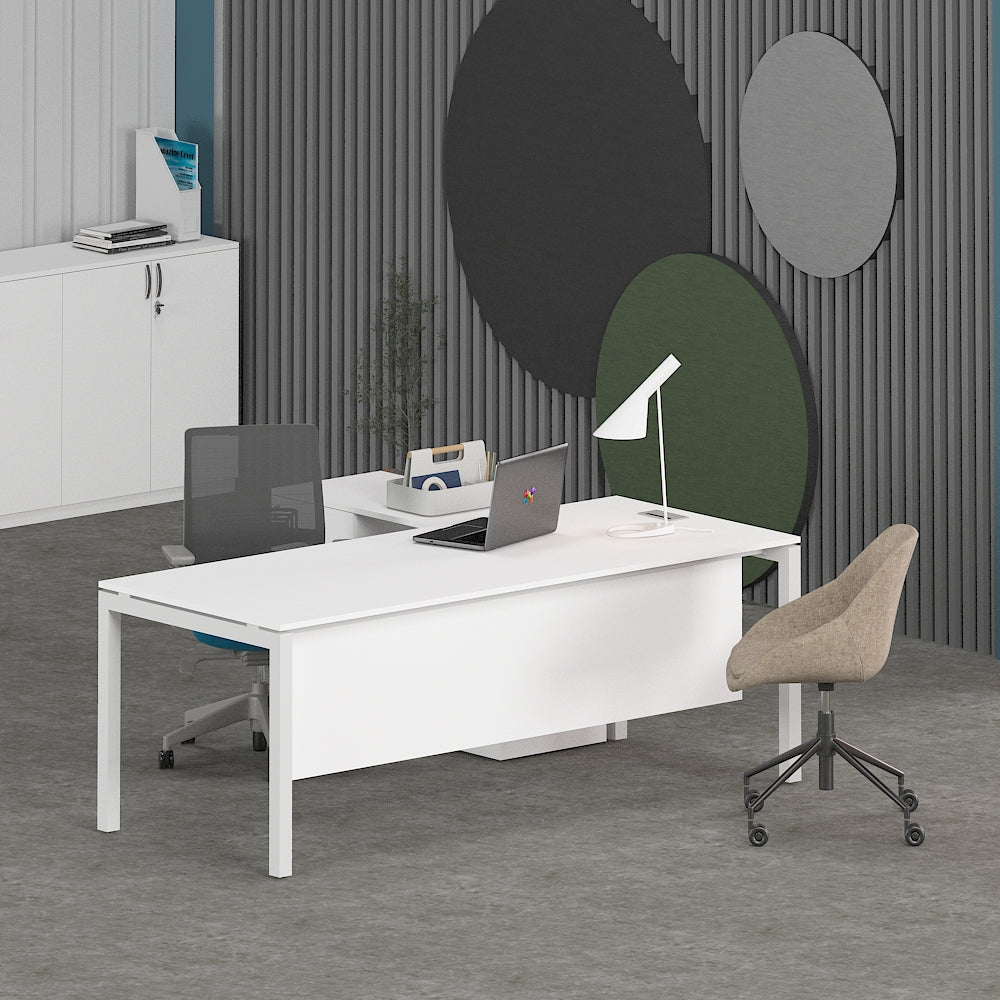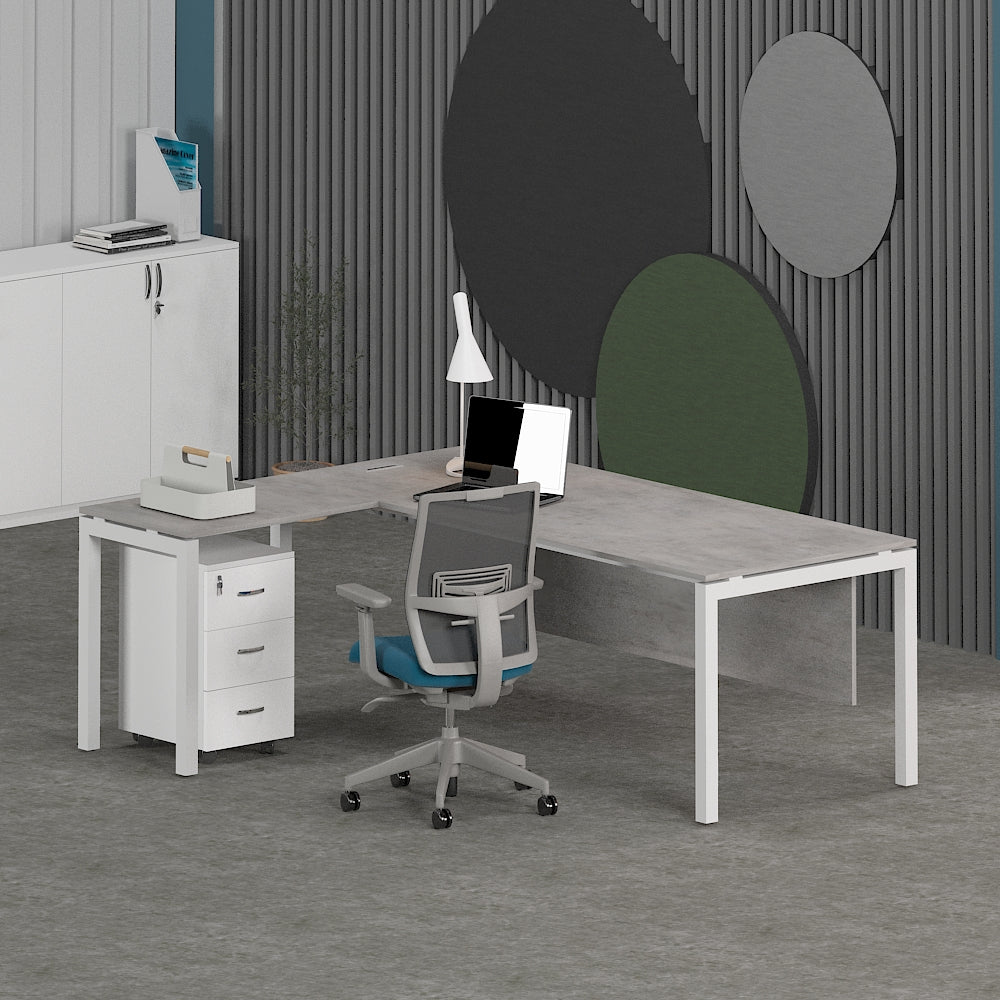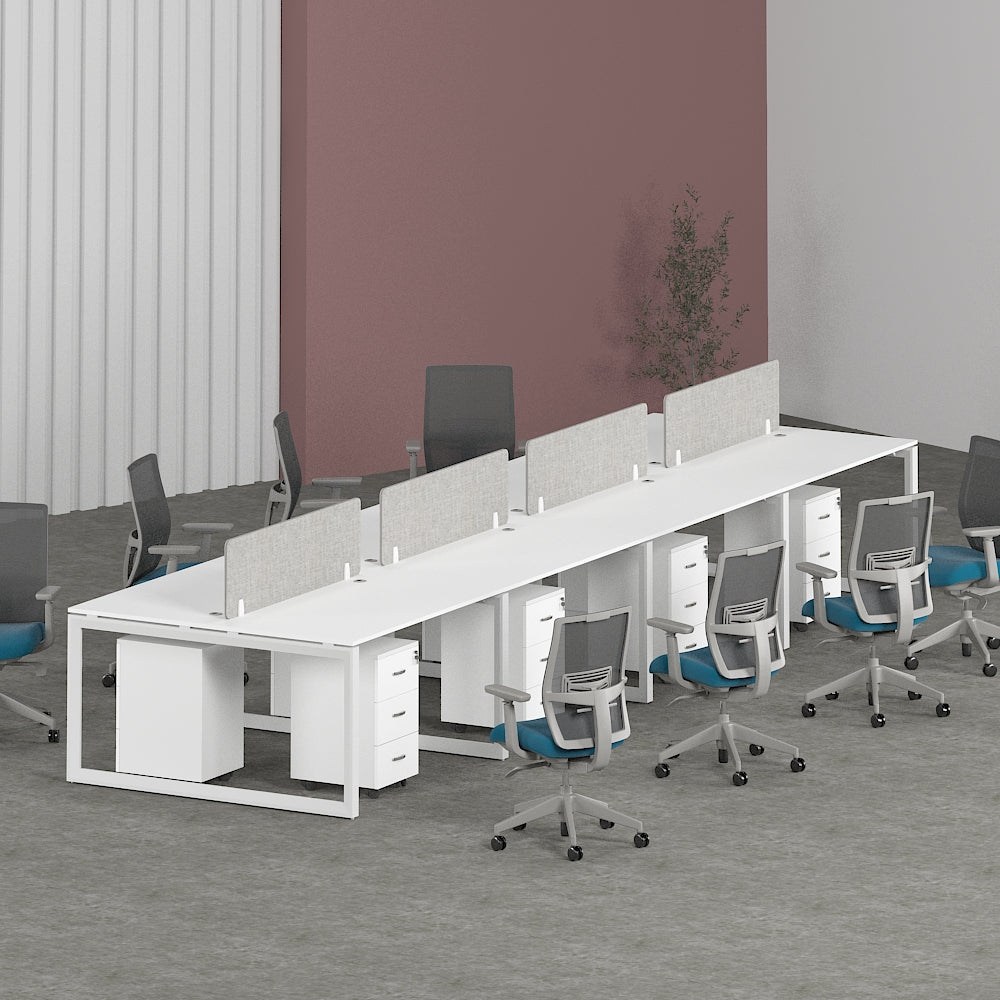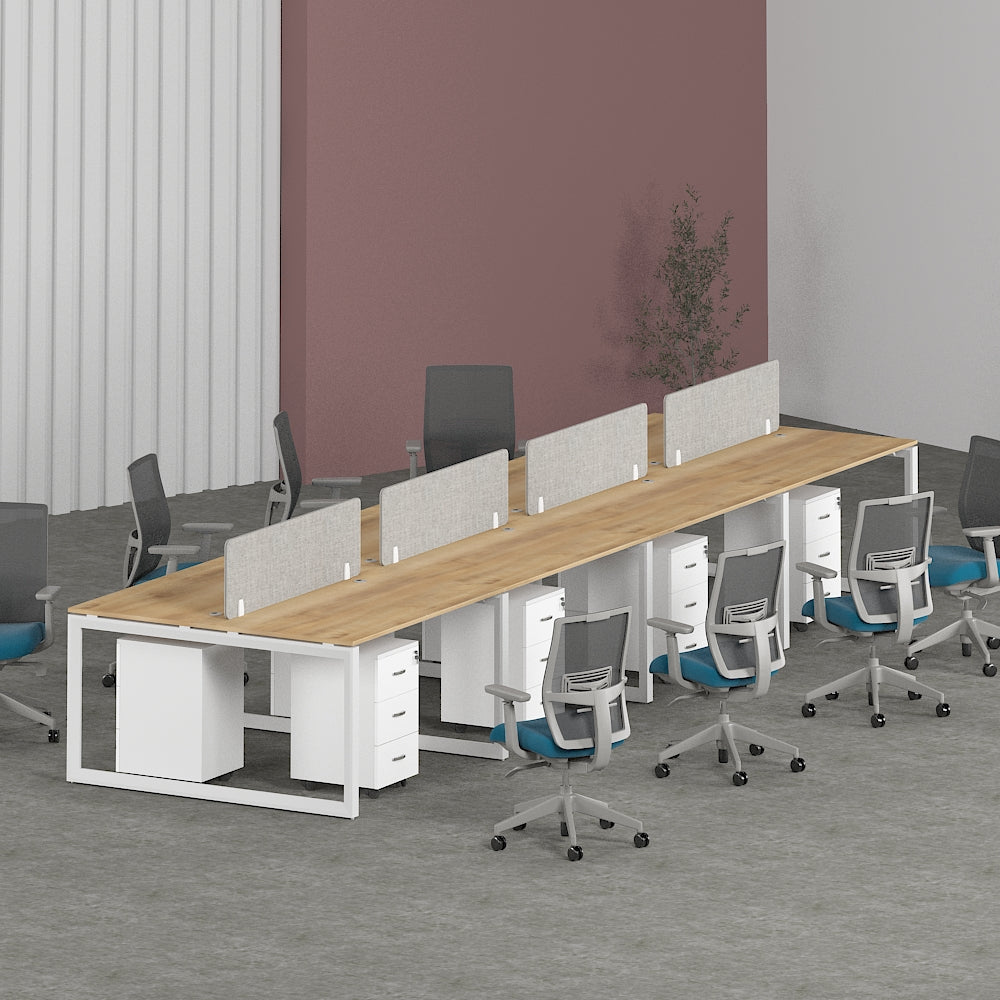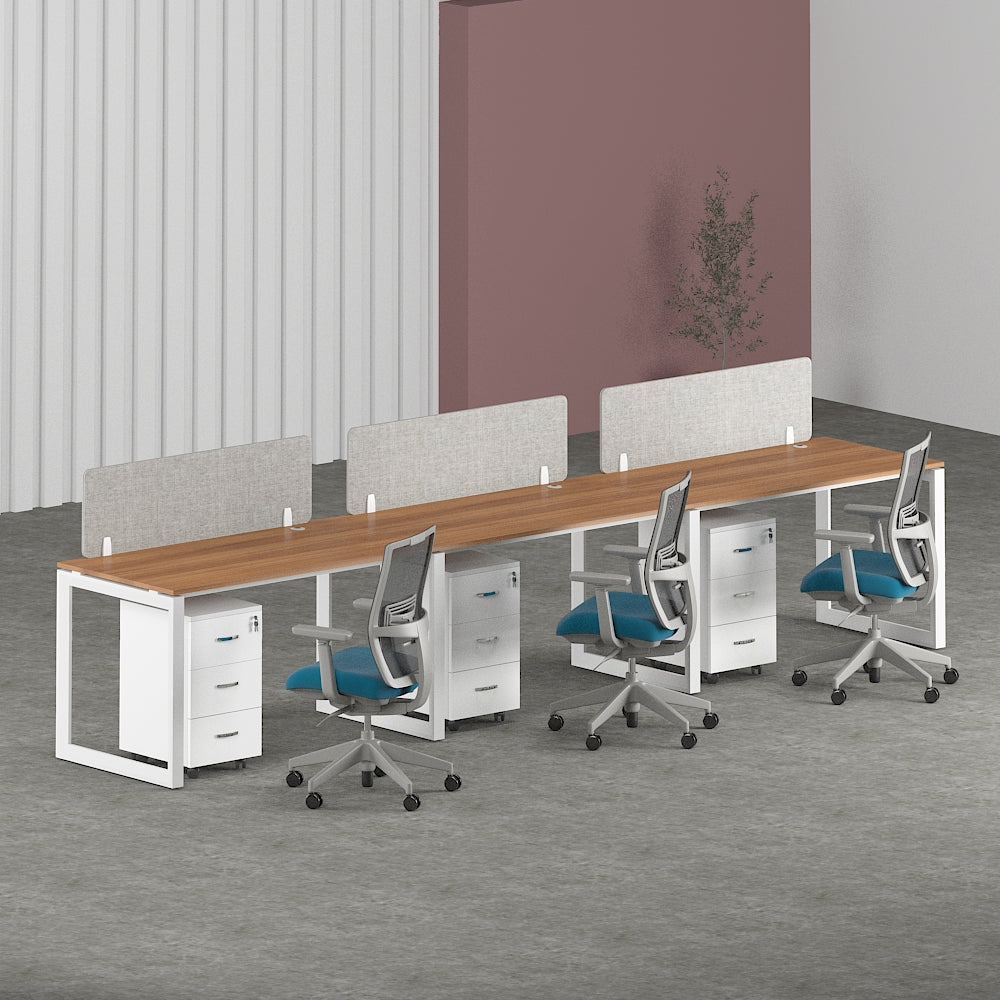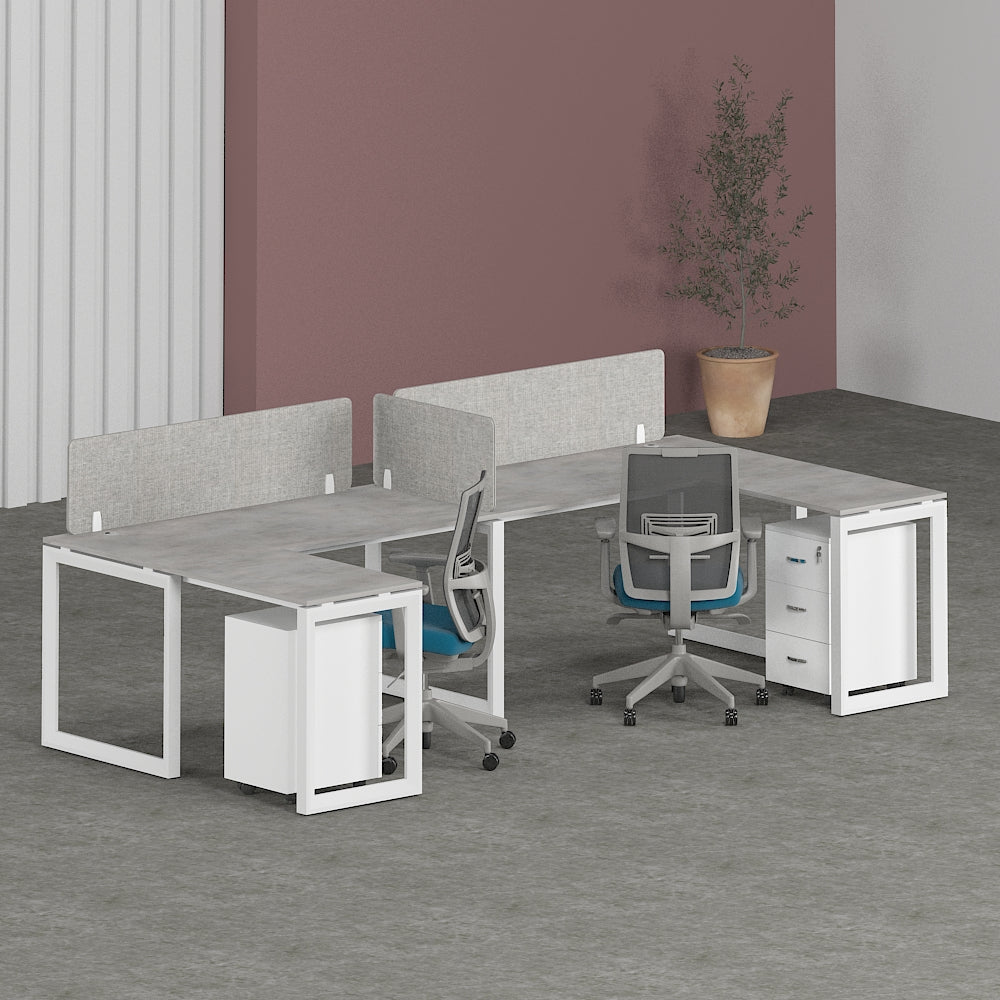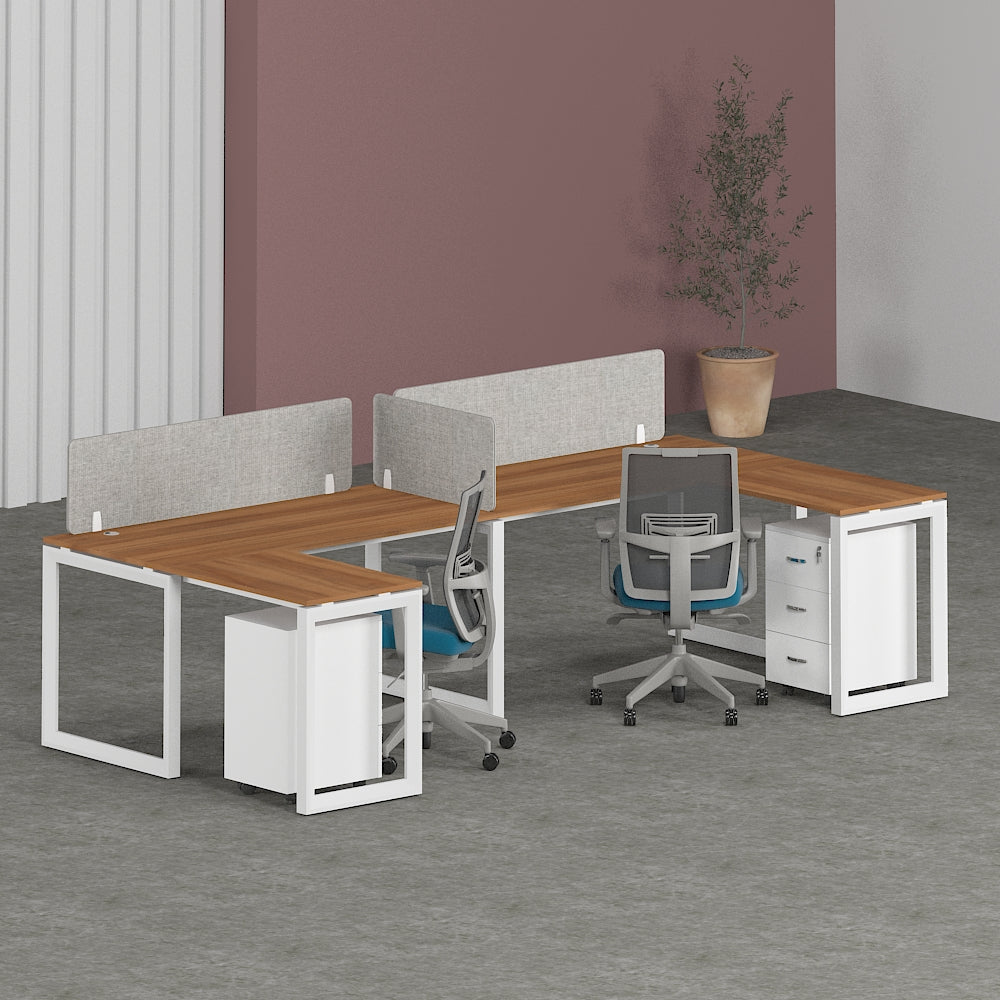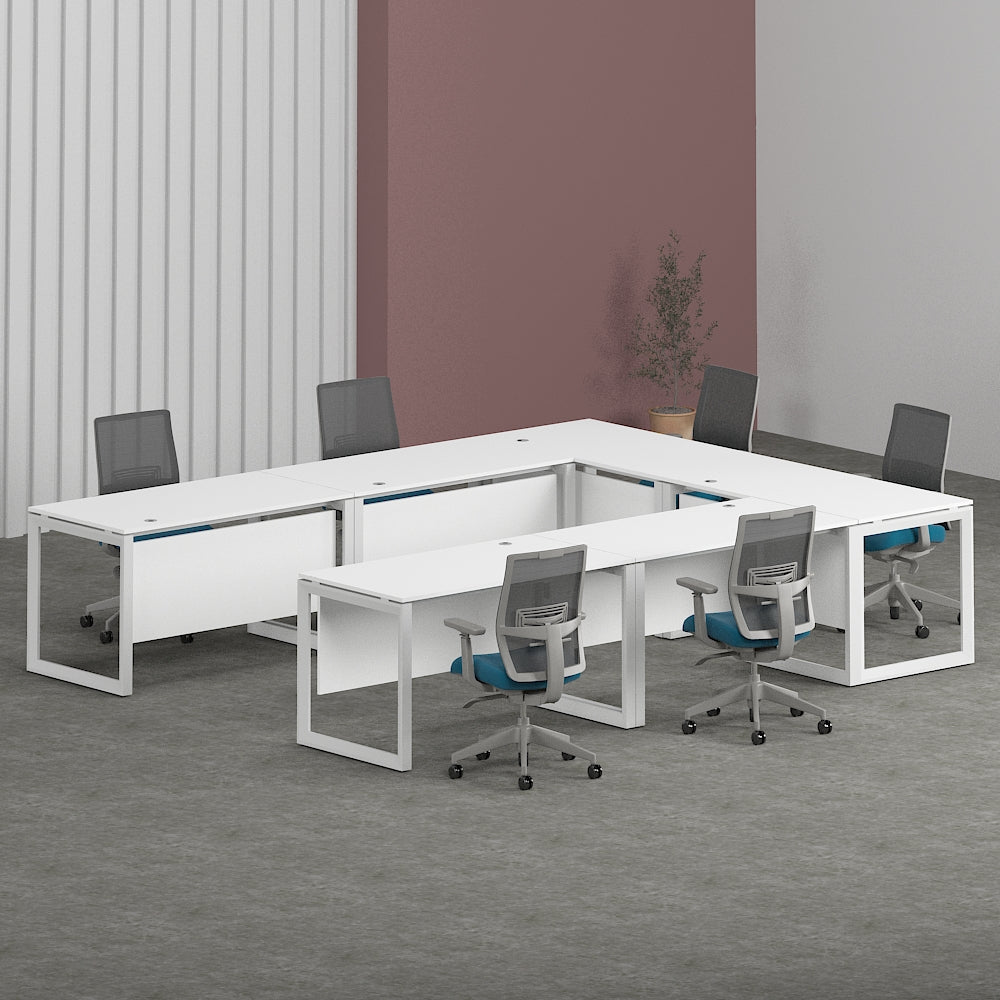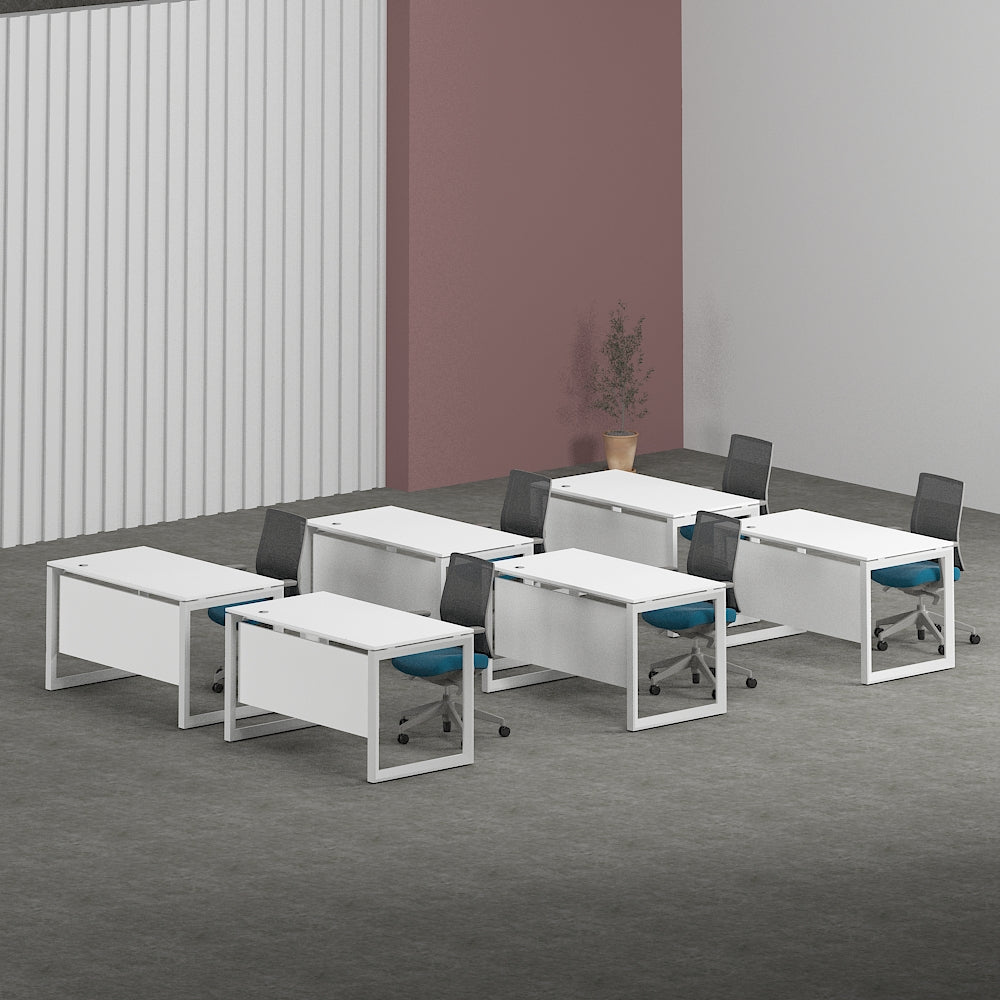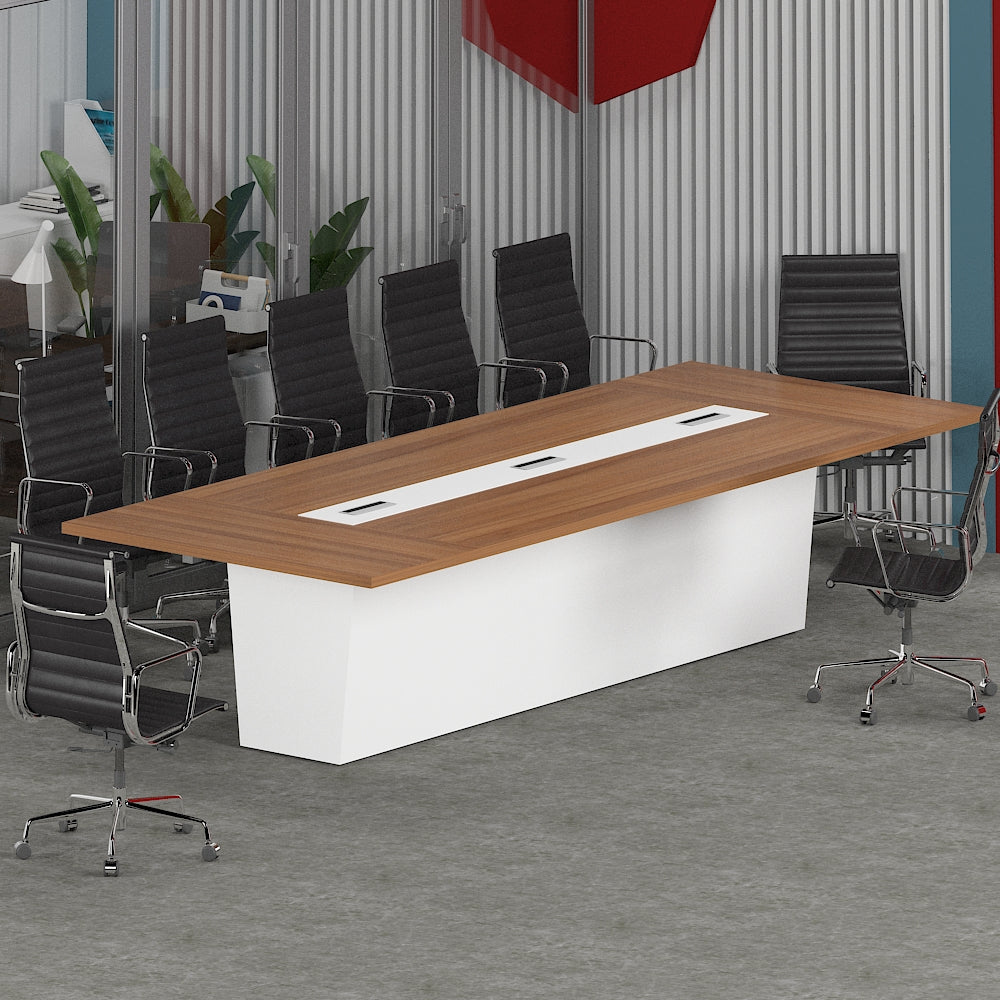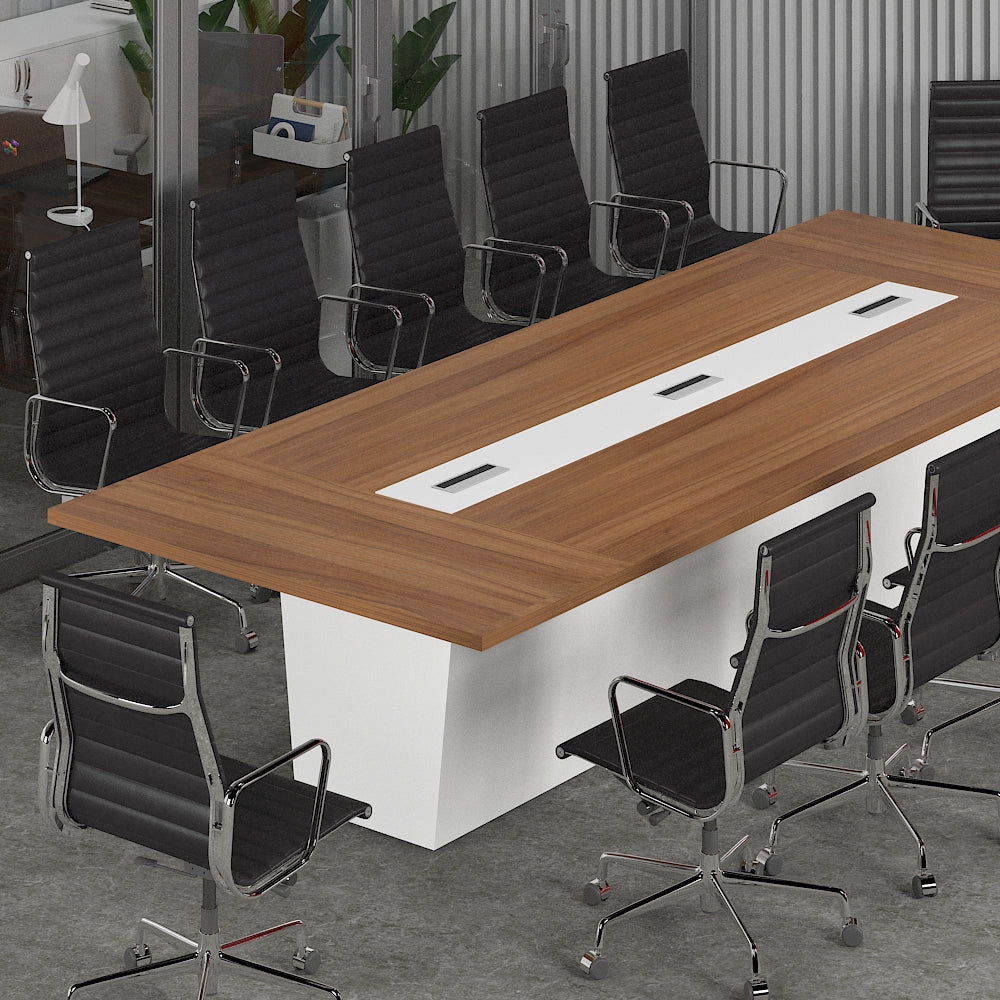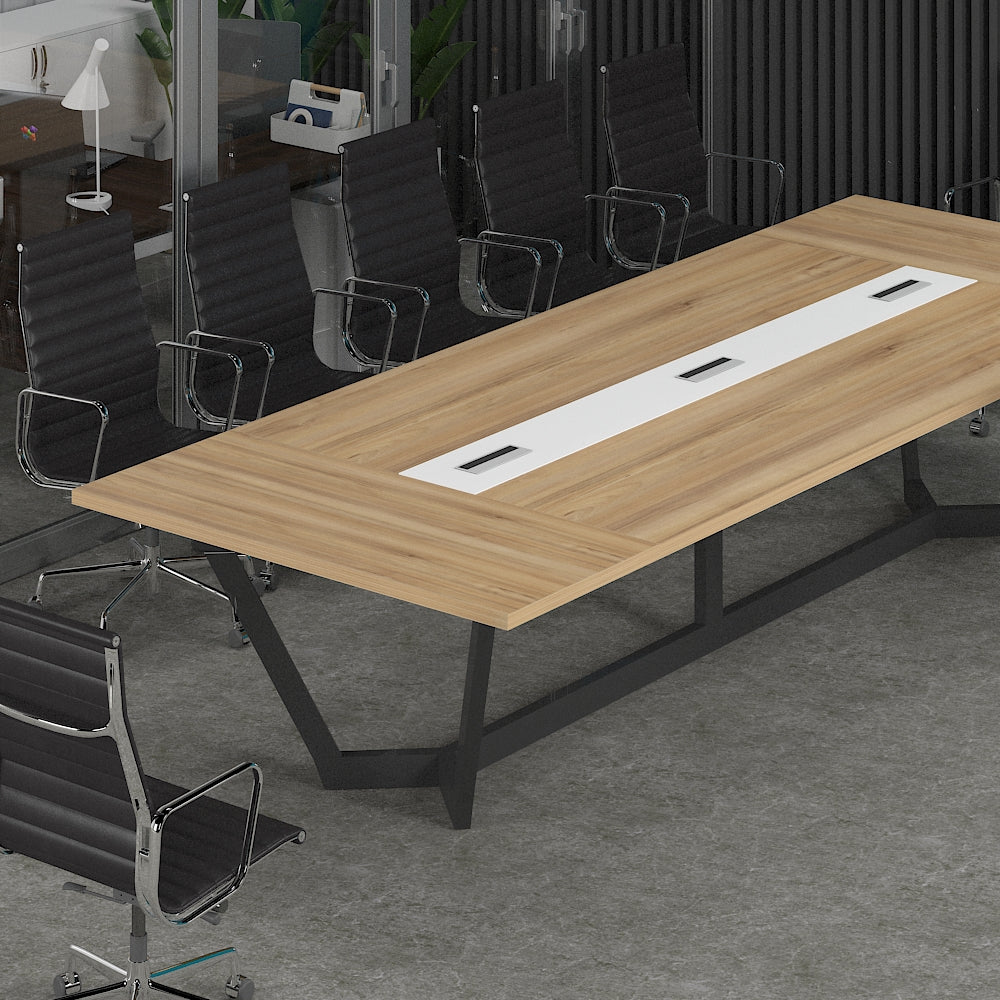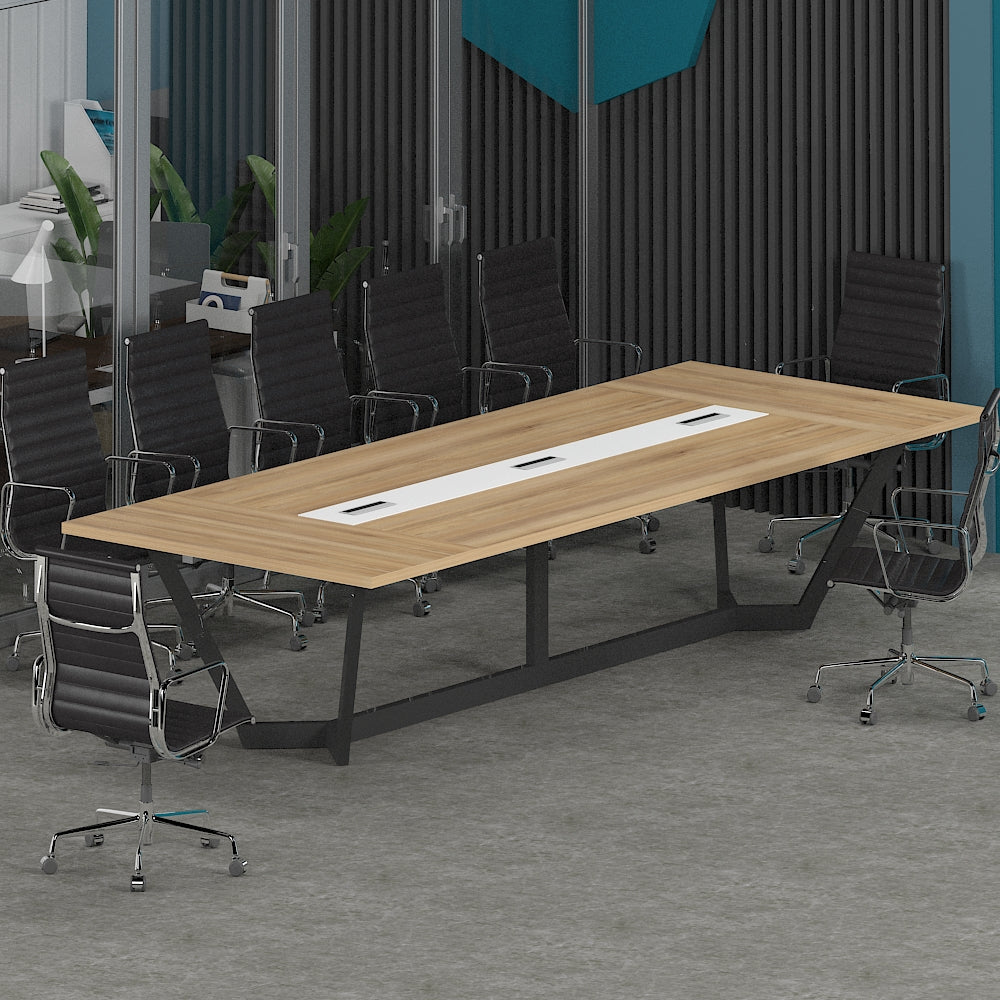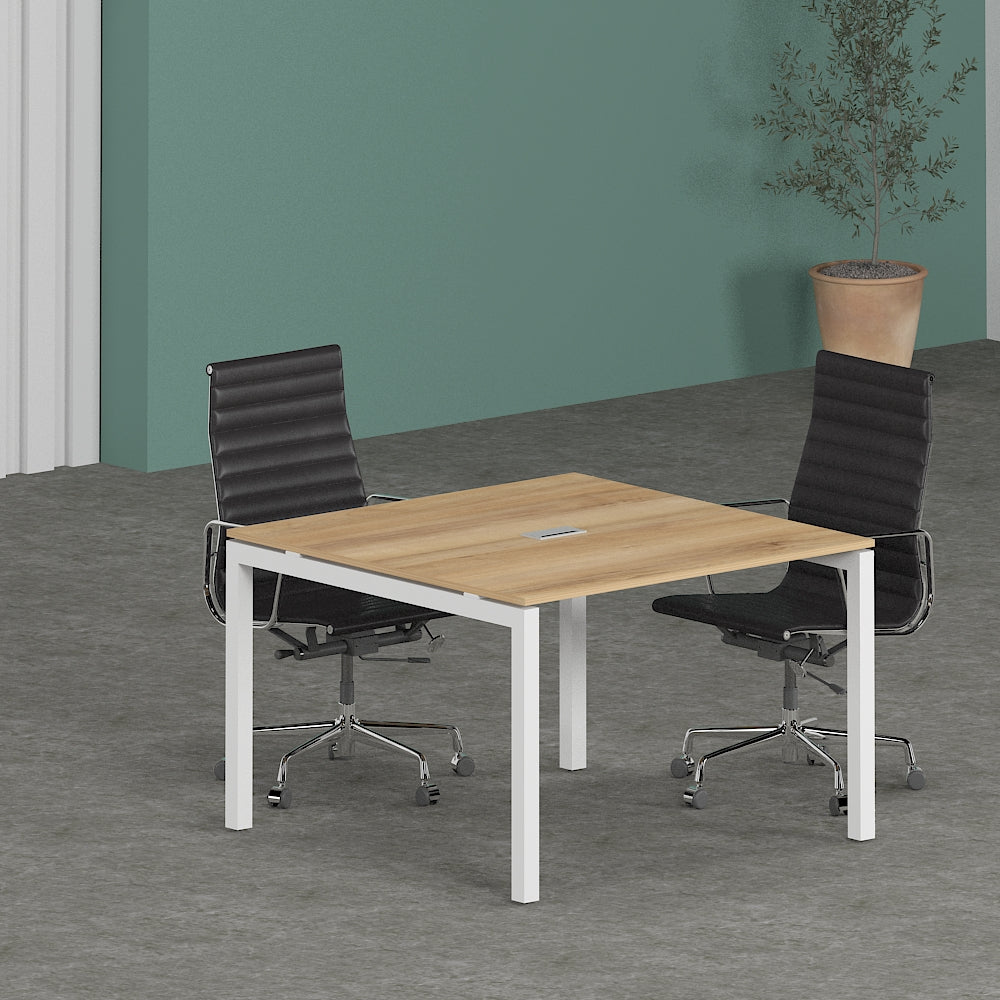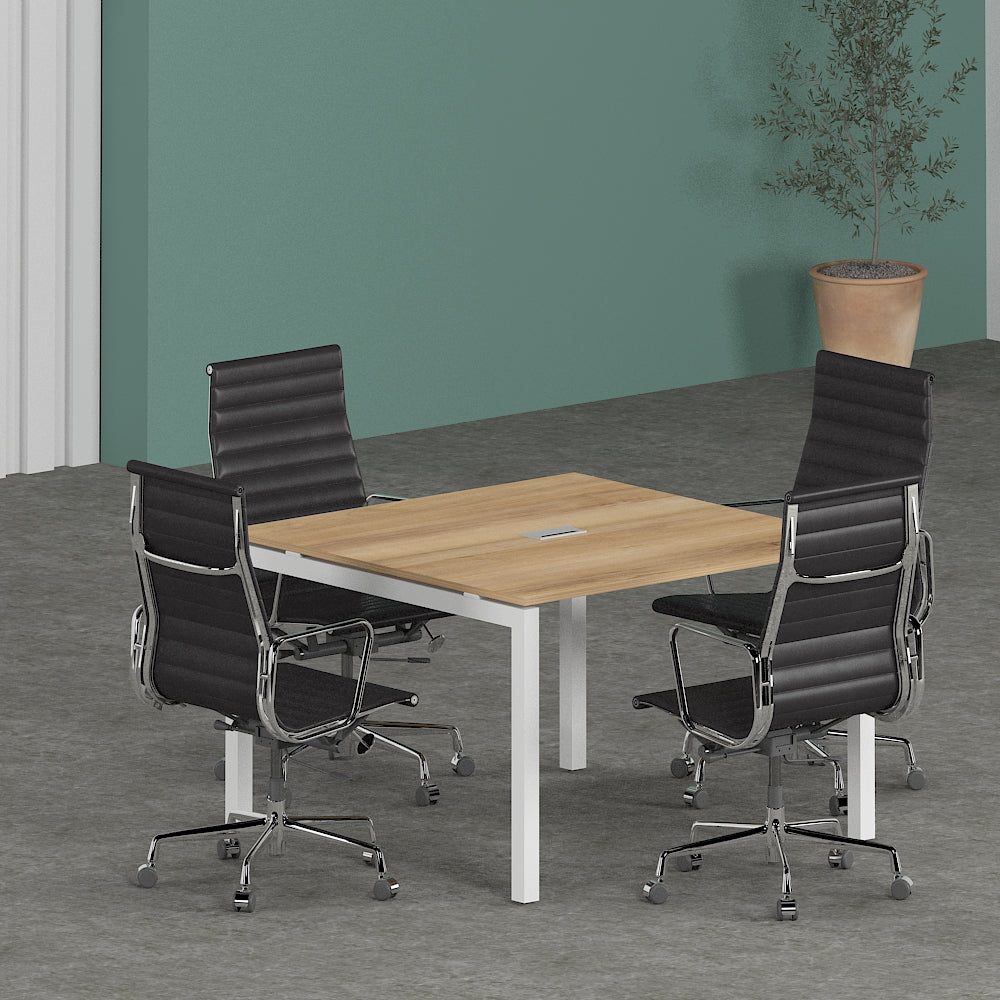Best Office Furniture for Your Workspace
In today's dynamic work environment, the significance of having the right office furniture cannot be overstated. Whether you're setting up a new workspace or revamping an existing one, choosing the best office furniture is crucial for productivity, comfort, and aesthetics. From affordable desks to ergonomic chairs and modern storage solutions, finding the perfect fit can transform your office into a haven of efficiency and style.
I. Introduction to Office Furniture
A. Importance of Office Furniture
Office furniture is not just about filling up space; it plays a pivotal role in creating an environment conducive to work. The right furniture enhances functionality, promotes employee well-being, and reflects the ethos of your company. Investing in quality office furniture is an investment in your business's success.
II. Factors to Consider When Choosing Office Furniture
A. Functionality
The foremost consideration when selecting office furniture is functionality. Each piece should serve its purpose efficiently, whether it's a desk for working, a chair for seating, or storage for organization. Evaluate how well each item aligns with your workflow and daily tasks.
B. Comfort
Comfort is key to productivity. Ergonomic chairs with proper lumbar support and adjustable features ensure that employees remain comfortable and focused throughout the day. Likewise, desks with ample legroom and adjustable heights promote good posture and reduce strain.
C. Style and Aesthetics
While functionality and comfort are paramount, aesthetics also matter. Choose office furniture that complements your workspace's design theme and reflects your brand's identity. A cohesive and visually appealing environment can boost morale and leave a lasting impression on clients and visitors.
III. Types of Office Furniture
A. Desks and Tables
Desks and tables are the foundation of any office space. From traditional wooden desks to sleek, modern designs, there's a wide range of options to suit every taste and budget. Consider factors such as size, shape, and material when selecting the right desk for your needs.
B. Chairs
Chairs are perhaps the most important piece of office furniture, as employees spend hours seated while working. Invest in ergonomic chairs that provide adequate support and promote good posture. Adjustable features such as height, armrests, and lumbar support are essential for customization and comfort.
C. Storage Solutions
Effective storage solutions are essential for maintaining a clutter-free workspace. Cabinets, shelves, and filing systems help organize documents, supplies, and personal belongings, maximizing efficiency and productivity. Choose storage solutions that blend seamlessly with your office decor while offering ample space for all your needs.
D. Ergonomic Solutions
In today's digital age, ergonomic solutions are gaining prominence as businesses prioritize employee health and well-being. Standing desks, ergonomic keyboards, and monitor risers are just a few examples of ergonomic furniture designed to reduce strain and improve comfort during long hours of work.
E. Custom Design Options
For businesses with specific requirements or unique aesthetics, custom design options provide tailor-made solutions. Custom furniture allows you to optimize space, incorporate branding elements, and create a truly personalized workspace that reflects your company's vision and values.
IV. Where to Find the Best Office Furniture
A. Online Retailers
Online retailers offer a convenient way to browse and purchase a wide selection of office furniture from the comfort of your home or office. With comprehensive product descriptions, customer reviews, and easy ordering processes, online shopping simplifies the furniture buying experience.
B. Physical Showrooms
For those who prefer a hands-on approach, physical showrooms provide the opportunity to see and test out furniture before making a purchase. Showrooms offer a tactile experience, allowing you to assess quality, comfort, and aesthetics up close, ensuring that you make an informed decision.
V. Tips for Office Furniture Installation
A. Proper Measurement and Space Planning
Before installing office furniture, take accurate measurements of your workspace to ensure that each piece fits seamlessly into the layout. Consider factors such as traffic flow, accessibility, and natural light when planning the placement of furniture for optimal functionality and aesthetics.
B. Assembly and Placement
Follow manufacturer instructions carefully when assembling and installing office furniture to avoid damage or injury. Arrange furniture in a way that maximizes space and promotes collaboration while maintaining a clutter-free environment. Pay attention to ergonomics and accessibility to create a comfortable and productive workspace for all employees.
VI. Budget-Friendly Office Furniture Solutions
A. Affordable Desks and Chairs
Budget constraints need not compromise quality or comfort when it comes to office furniture. Many retailers offer affordable options without sacrificing durability or style. Look for sales, discounts, and clearance items to find great deals on desks, chairs, and other essentials for your workspace.
B. Value for Money Storage Options
When it comes to storage solutions, prioritize functionality and durability over flashy designs. Invest in high-quality cabinets, shelves, and filing systems that offer maximum storage capacity and organizational features at an affordable price. With proper care and maintenance, budget-friendly storage options can serve your needs for years to come.
VII. Maintaining Office Furniture Quality
A. Cleaning and Care Tips
Regular cleaning and maintenance are essential for preserving the quality and longevity of office furniture. Follow manufacturer guidelines for cleaning materials and techniques to prevent damage or discoloration. Dusting, vacuuming, and spot cleaning can help keep furniture looking fresh and new for years to come.
B. Regular Maintenance Checks
Schedule regular maintenance checks to identify and address any issues with office furniture promptly. Inspect for loose screws, worn-out components, or signs of damage that may compromise safety or functionality. Addressing minor issues early can prevent costly repairs or replacements down the line, prolonging the lifespan of your furniture.
VIII. Conclusion
Choosing the best office furniture is an investment in your business's success and the well-being of your employees. By prioritizing functionality, comfort, and style, you can create a workspace that fosters productivity, creativity, and collaboration. Whether you're shopping online or visiting physical showrooms, explore a variety of options to find the perfect fit for your needs and budget. With proper installation, maintenance, and care, your office furniture can enhance efficiency, morale, and overall satisfaction in the workplace.
Frequently Asked Questions (FAQs)
1. How do I know if a chair is ergonomic?
- Look for features such as adjustable lumbar support, armrests, and seat height. A chair is considered ergonomic if it promotes good posture and provides support to key areas of the body, such as the lower back and neck.
2. What are some common materials used in office furniture?
- Office furniture can be made from various materials, including wood, metal, glass, plastic, and leather. Each material offers unique aesthetics, durability, and maintenance requirements.
3. How often should I replace office furniture?
- The lifespan of office furniture depends on factors such as quality, usage, and maintenance. While some pieces may last for decades with proper care, others may need replacement every few years to maintain functionality and aesthetics.
4. Can I customize office furniture to match my brand's identity?
- Yes, many retailers offer customization options for office furniture, allowing you to incorporate branding elements, colors, and logos into the design. Custom furniture enables you to create a cohesive and branded workspace that reflects your company's identity.
5. What are the benefits of ergonomic office furniture?
- Ergonomic office furniture is designed to promote comfort, reduce strain, and prevent musculoskeletal disorders associated with prolonged sitting or repetitive tasks. By supporting proper posture and movement, ergonomic furniture can improve employee health, productivity, and satisfaction in the workplace.
